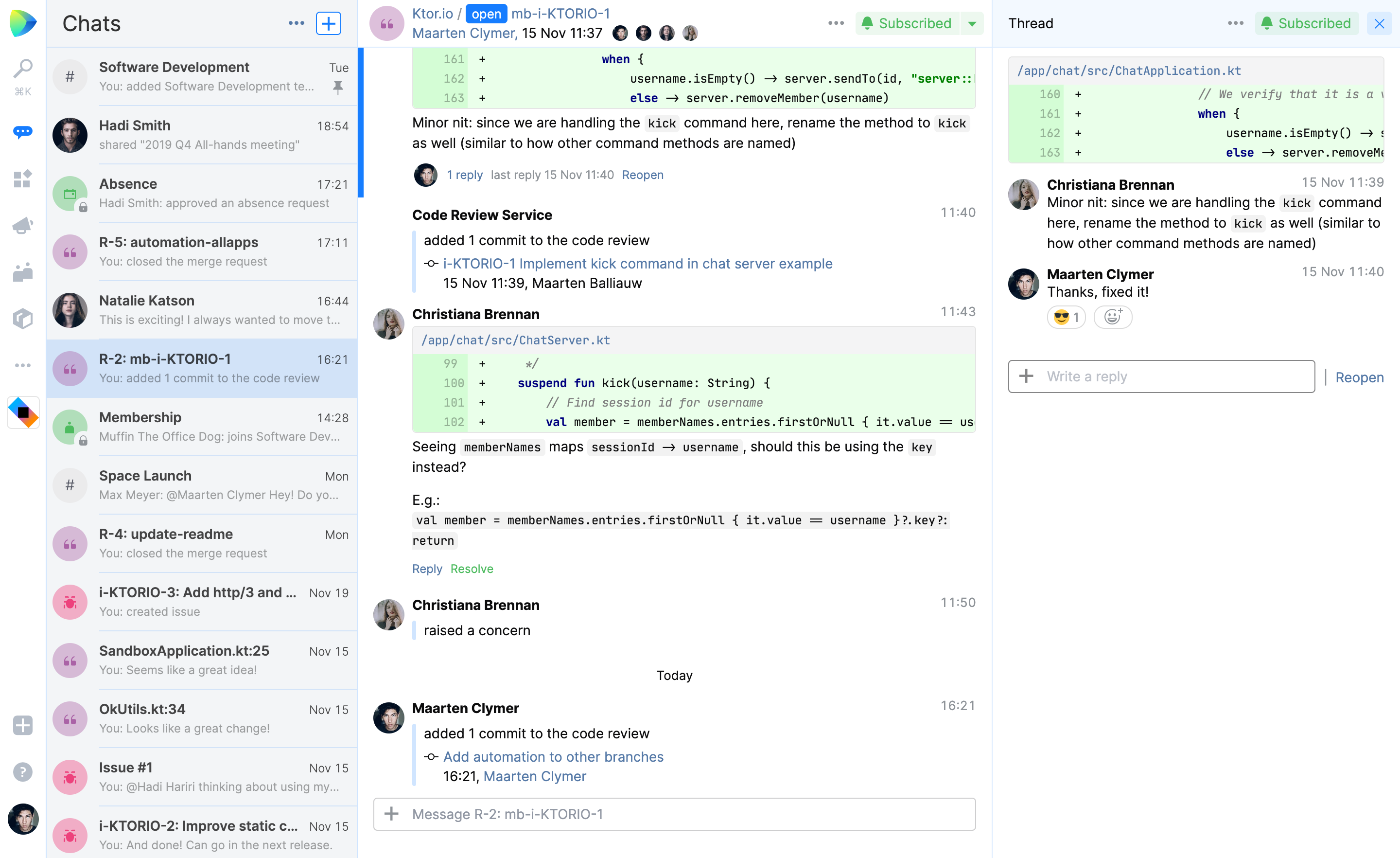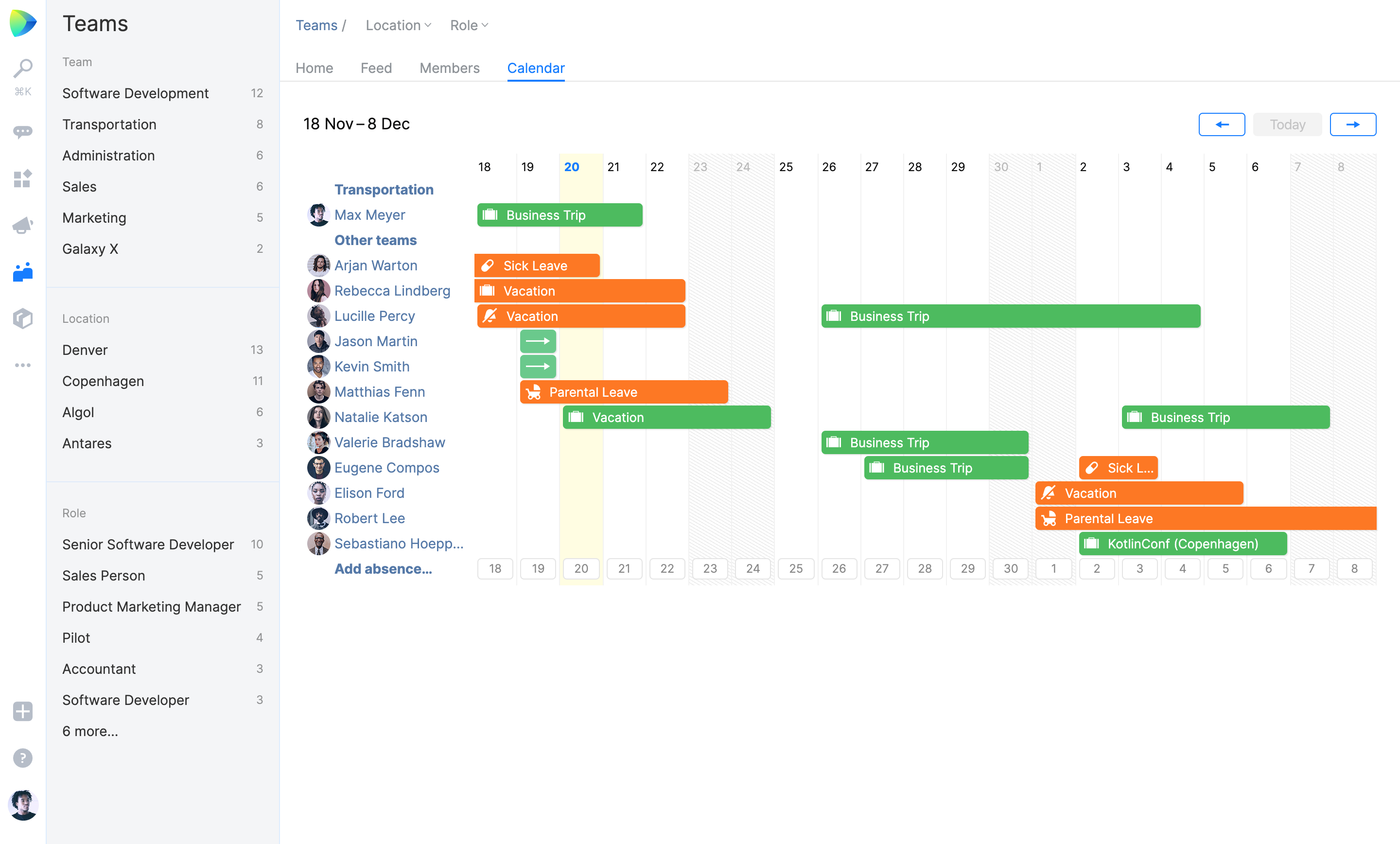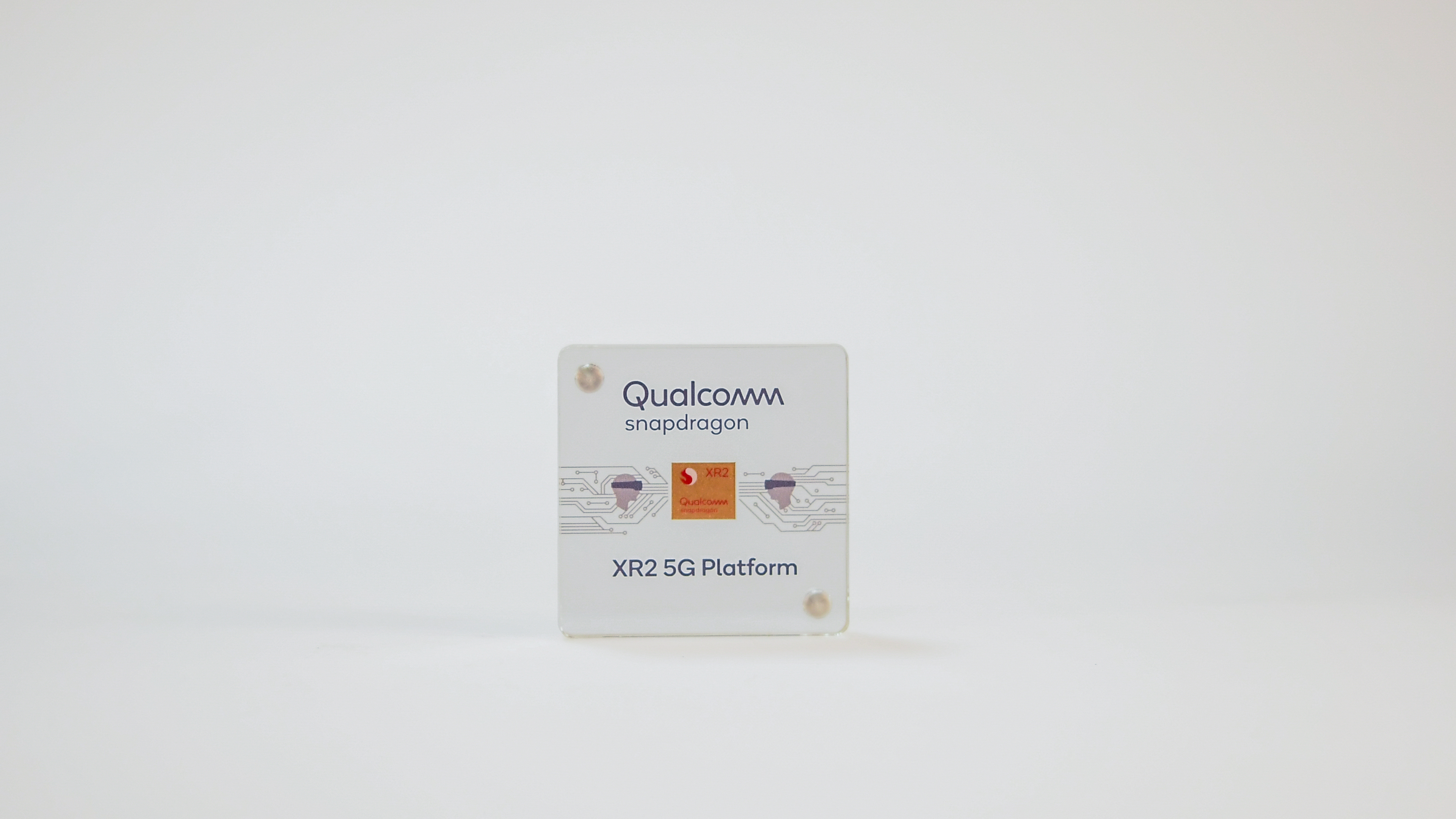Welcome to TechCrunch’s 2019 Holiday Gift Guide! Need help with gift ideas? We’re here to help! We’ll be rolling out gift guides from now through the end of December. You can find our other guides right here.
There have been holiday gift guides for VR for the past five years or so, and, for most of that time, buying a VR headset was generally a bad call.
There were still fun experiences to be had, but the gear was expensive and the troubleshooting was not for the faint of heart. I’ve played around with most of the gear that’s out there; honestly, most of it isn’t ready for consumers, but if there’s someone in your life dying to get into VR, here are some earnest recommendations.
This article contains links to affiliate partners where available. When you buy through these links, TechCrunch may earn an affiliate commission.
The best headset for 99.5% of people
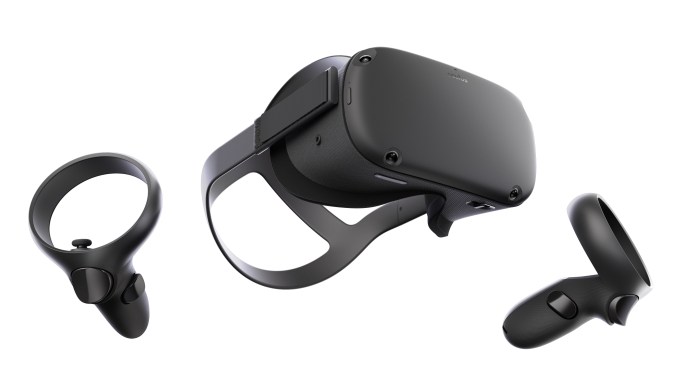
This year, Facebook released the Oculus Quest for $399 and, honestly, it’s the only headset made by Oculus or anyone else that I’ve been able to give a full-throated recommendation. Setup and upkeep are both simple and benefited by its standalone mobile form factor — this one just works by itself, no PC required. There’s a worthy amount of content for something in its price range and it’s overall not a purchase you’ll feel dumb later for making.
Is $399 a little steep for a Christmas present? Obviously that’s understandable, but I would honestly just not go for a VR gift if that’s the case. Most VR gear below this price point is relatively clunky (with the caveat that for PlayStation owners, the PlayStation VR is still a great deal… though I think I’d still recommend the Quest if you’re willing to drop the extra money. It’s just such an easy system to love.)
Price: $399 from Oculus
To help you see better: prescription inserts

All of Oculus’s new headsets have a good amount of space in the headset to accommodate users that wear glasses, but if you’re the main person using the headset, it’s a lot more comfortable to just get prescription inserts made. It’s a little extreme, sure, but comfort is a big deal in VR, so you won’t regret it if you’re already logging some decent mileage on your headset.
Price: $80 from FramesDirect
To help you be less gross: VR Cover
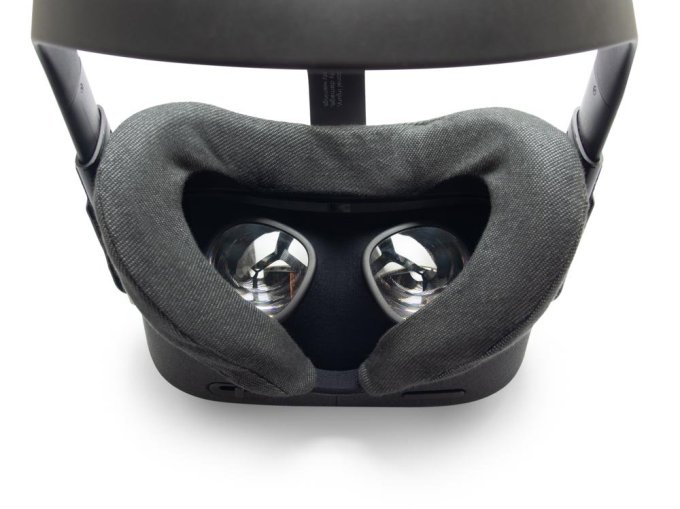
If you’re using your VR device as a device to get you moving and you’re regularly sweating while playing some of the more intense titles, I guarantee that headset is getting pretty nasty. VR Cover has been making masks that cover up the section your face touching the headset, and they’re pretty decent quality and available for most popular headsets. These are great if you’re a bit sweaty or are regularly showing friends your new headset.
Price: $19 on Amazon
To help you get mobile: carrying case

The Quest is a portable console, but that doesn’t mean you just want to toss it into your bag without any cares. It still is rather sensitive, and if you scratch the lenses or tracking cameras, you are probably in for a bad time. The first-party Oculus Quest case is a pretty solid purchase, with room for your headset and controllers, but not much else.
Price: $40 on Amazon
To help you get immersed: some solid wired headphones

If you’re the owner of a new Quest, Go or Rift S, you also will probably want to be the owner of some decent wired headphones. The stereo speakers embedded in the headsets are good in a pinch, but your experience is going to be a lot better with some decent headphones, and the Quest doesn’t allow for Bluetooth headsets, so, sorry, no AirPods.
There are two schools of thought for which headphones are best for VR, ones that cut you off completely or ones that let you hear what’s going on a bit so that you’re at least somewhat aware of your surroundings. But be reasonable, you shouldn’t be basing your headphones purchase on what works for VR, so get some noise-cancelling headphones you’d also want while you’re traveling or some on-ear headphones you’d also use for at-home listening.
I’m a big fan of Grado headphones even though they aren’t all that comfortable for long sessions, but you can’t go wrong with an $80 pair of Grado SR60e headphones. I never miss a chance to recommend them. I’ve always been a Bose user when it comes to noise-cancelling headphones, but I also haven’t owned many pairs, and I know most audiophiles will point you in Sony’s direction, so maybe a classic pair like their WH-1000XM3 will do (though remember, you’ll have to use the included wire with most VR headsets.)
Price: Grado SR60e (Wired), $80 on Amazon | Sony WH-1000XM3 (Wireless), $278 on Amazon
The best headset for die-hards
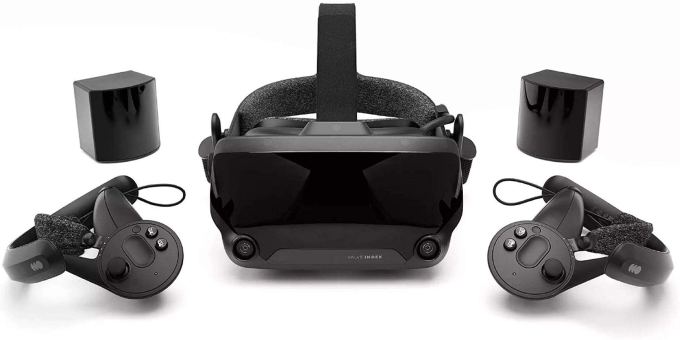
If the best headset for 99.5% of people is the Oculus Quest, for the rest it’s the Valve Index. The PC headset is about as high-end as you would reasonably want as a consumer, though you are still definitely investing in a more complicated solution than the Quest. No other products on the market have the well-thought-out feature set that the Index does. It’s less approachable, but its feature set screams high-end even if most VR games can’t make the most of what it offers. For PC gamers, there aren’t many good choices out there these days, but if you’re going to take a step beyond the Quest, you should get the Index (though it’s worth noting this is on pretty hefty back-order and won’t ship pre-Christmas.)
Price: $999 from Valve
Source: Tech Crunch





